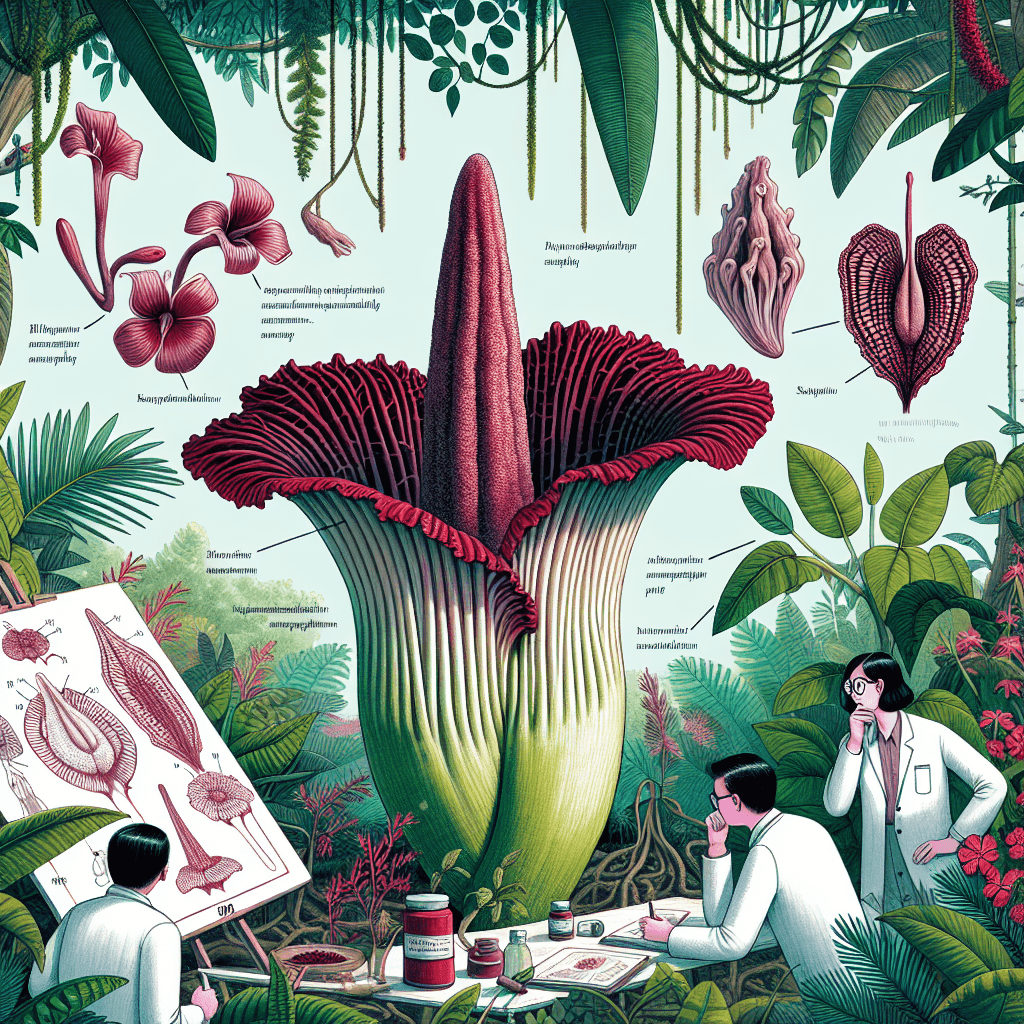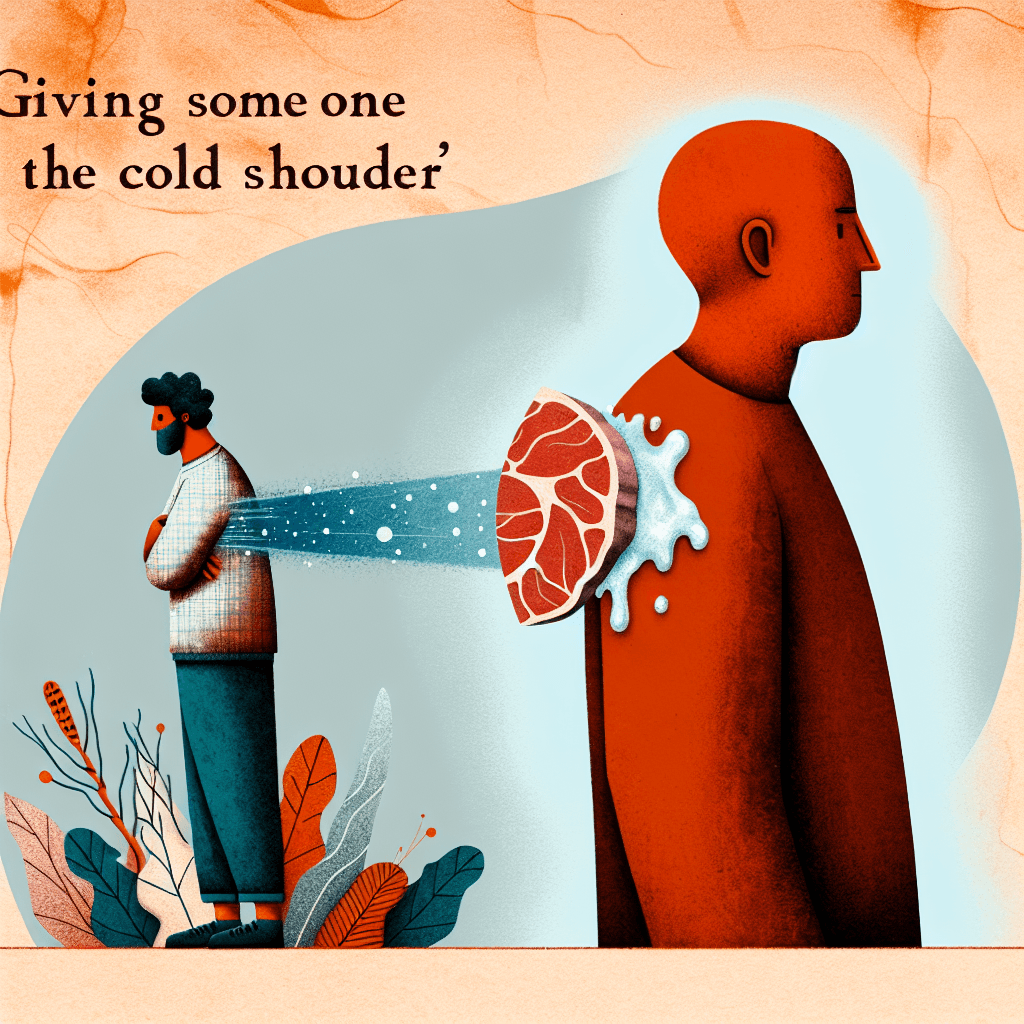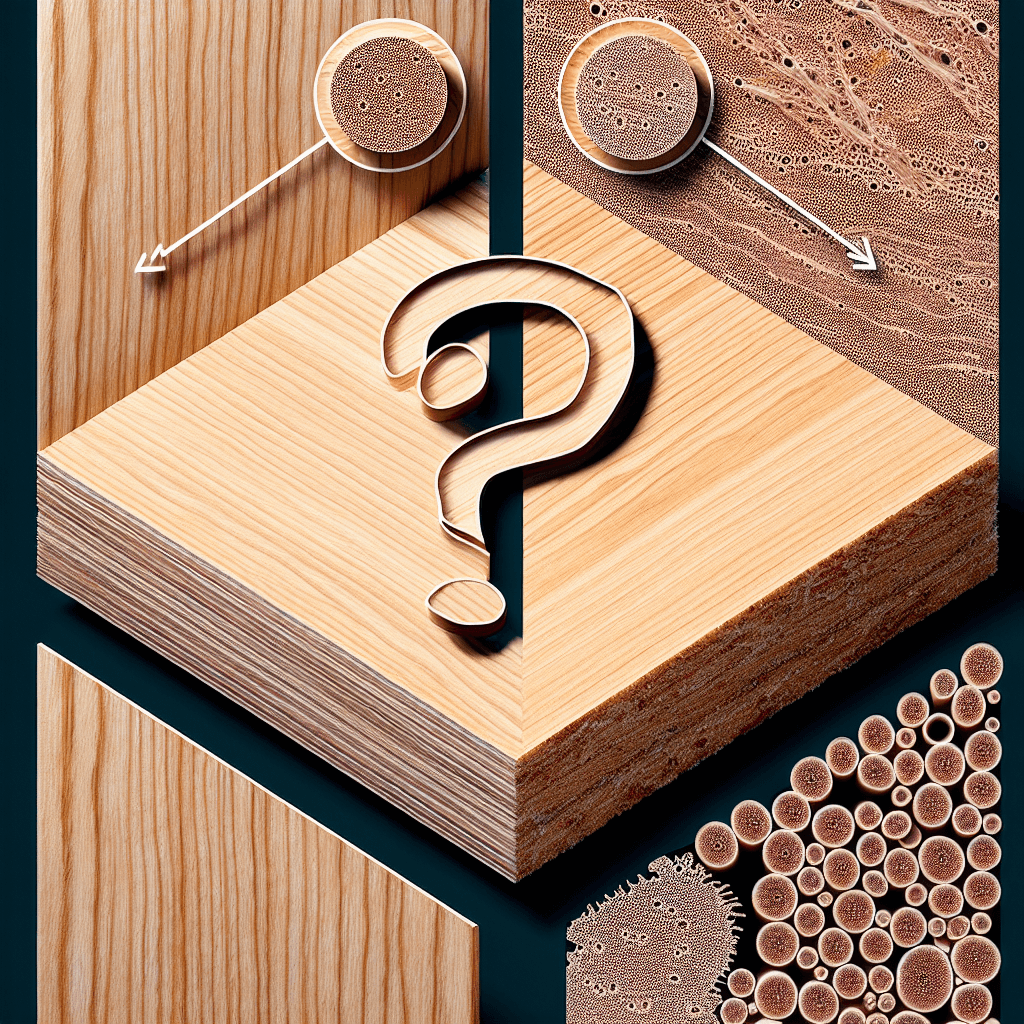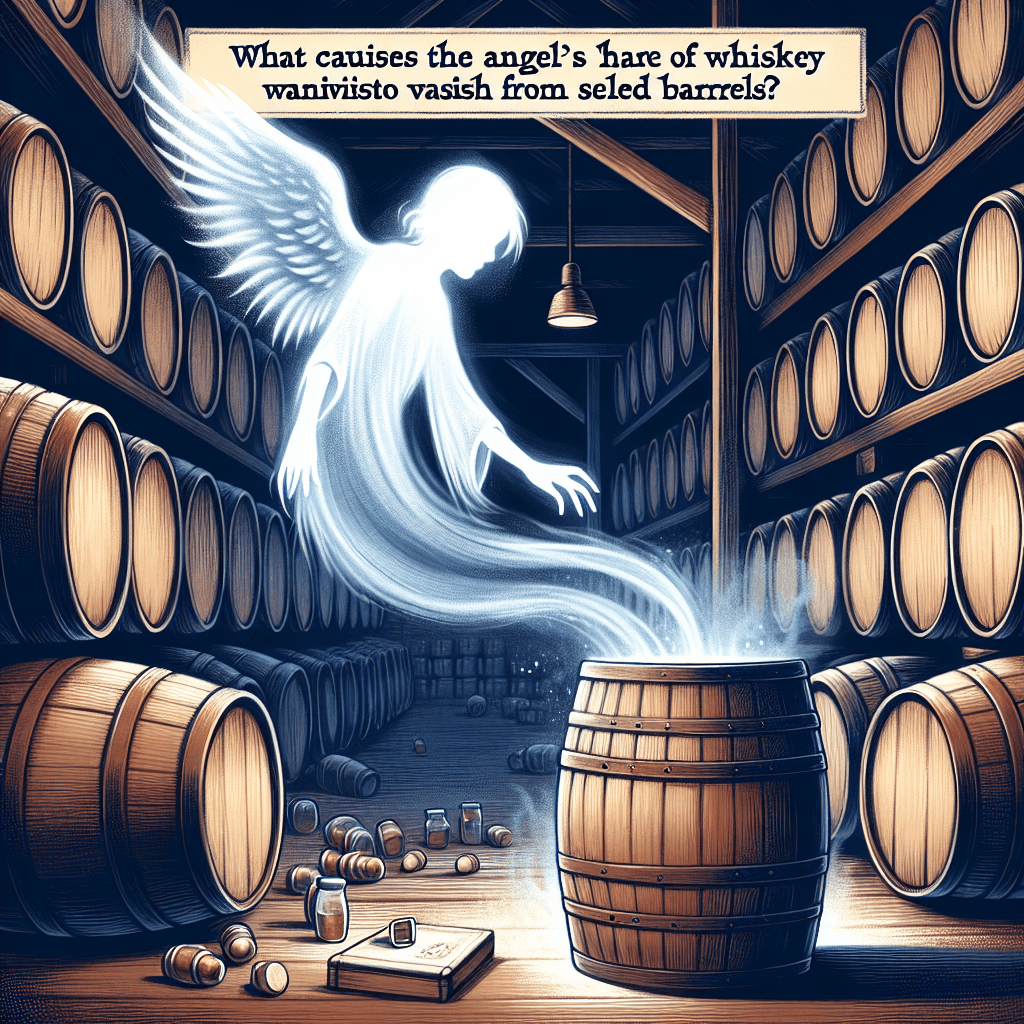Unmasking the Odor: Why Does the Corpse Flower Smell So Incredibly Bad
Meet the Amorphophallus titanum, a botanical marvel from the rainforests of Sumatra legendary not for its perfume, but for an overwhelming stench that has earned it the name 'corpse flower'.


Too Long; Didn't Read
The corpse flower (Amorphophallus titanum) is a massive, rare plant from Indonesia famous for emitting a powerful odor that smells like a rotting carcass.
Unmasking the Odor: Why Does the Corpse Flower Smell So Incredibly Bad?
Ever imagined a flower so pungent it could clear a room, yet people queue for hours just to experience its infamous aroma? Meet the Amorphophallus titanum, more dramatically known as the corpse flower. This botanical marvel, native to the rainforests of Sumatra, Indonesia, is legendary not for its delicate perfume, but for an overwhelming stench that has earned it its gruesome moniker. But what exactly causes this olfactory assault, and why would a plant evolve such an offensive trait? This post delves into the fascinating science behind why the corpse flower smells so incredibly bad.
What Exactly Is the Corpse Flower?
Before we dissect its signature scent, let's briefly introduce this botanical giant. The corpse flower isn't just a single bloom but a massive flowering structure called an inflorescence, which can reach over 10 feet in height. It boasts the largest unbranched inflorescence in the world. Its bloom is a rare and fleeting event, occurring unpredictably every few years to even a decade, and lasting only 24 to 36 hours. This rarity, combined with its unique smell, makes each blooming a significant event for botanical gardens worldwide.
The Chemical Cocktail: Deconstructing the Infamous Stench
The primary reason the corpse flower smells so incredibly bad lies in a complex cocktail of volatile organic compounds (VOCs) it releases during its short blooming period. Scientists have identified several key chemicals contributing to its unique and repulsive odor profile. These include:
- Dimethyl trisulfide: This compound is a primary contributor, known for its strong, unpleasant smell often associated with rotting onions, garlic, or Limburger cheese.
- Dimethyl disulfide: Similar to dimethyl trisulfide, this adds to the garlicky, oniony, and slightly putrid notes.
- Trimethylamine: This is a classic "rotting fish" smell. It’s a compound often produced by decomposing animal tissues and bacteria.
- Isovaleric acid: This contributes a sweaty, cheesy, or "stinky feet" aroma.
- Benzyl alcohol: Provides a sweeter, floral note, which might seem out of place but adds complexity to the overall bouquet.
- Indole: At high concentrations, indole has a fecal, mothball-like odor, though at lower concentrations, it can be part of pleasant floral scents. In the corpse flower, it leans towards the former.
- Various sulfur-containing compounds: These are generally responsible for many of nature's most offensive smells, often described as rotten eggs or decaying flesh.
It’s the specific combination and concentration of these, and other minor compounds, that perfectly mimic the scent of a decaying animal carcass.
An Evolutionary Masterstroke: Why the Horrible Smell?
The corpse flower's disgusting odor isn't a random fluke of nature; it's a highly specialized and effective evolutionary strategy for pollination, a phenomenon known as carrion mimicry or sapromyiophily.
In its native Sumatran rainforests, the corpse flower needs to attract pollinators that are typically drawn to dead and decaying flesh. These include:
- Carrion beetles (family Silphidae)
- Flesh flies (family Sarcophagidae)
These insects are experts at locating decomposing animals, which serve as food sources and breeding grounds for their larvae. By precisely replicating the scent of a carcass, the corpse flower tricks these insects into visiting it.
As the beetles and flies crawl around the inflorescence, searching for the source of the smell and a place to lay their eggs, they inadvertently pick up or deposit pollen. Since the male and female flowers within the same inflorescence mature at different times (female flowers first, then male), this strategy often promotes cross-pollination when the insects visit another blooming corpse flower.
To enhance this deception, the corpse flower also employs other tricks:
- Color: The deep maroon or purplish-red color of the spathe (the large, petal-like structure surrounding the flower spike) mimics the appearance of raw meat.
- Temperature: Remarkably, during its peak bloom, the central spike (spadix) of the flower can heat up to human body temperature (around 98°F or 36.7°C) through a process called thermogenesis. This heat helps to volatilize and disperse the smelly compounds further into the air, increasing the range of its olfactory signal, much like a warm carcass would.
A Brief but Potent Bloom
The intense energy required to produce this giant inflorescence, generate heat, and release such a potent chemical cocktail means the corpse flower can only sustain this effort for a very short period – typically 24 to 36 hours. During this brief window, the smell is at its most powerful, ensuring it has the best chance of attracting its specialist pollinators before its energy reserves are depleted.
Nature's Ingenious Deception
The corpse flower's incredibly bad smell is a brilliant example of evolutionary adaptation. It's a finely tuned chemical deception designed to lure specific pollinators by mimicking their preferred (and to us, repulsive) food source. While the aroma might be offensive to our human noses, for carrion beetles and flesh flies, it’s an irresistible invitation. So, the next time you hear about a corpse flower blooming, remember that its notorious stench is not just a bizarre quirk, but a testament to the ingenious and sometimes unsettling survival strategies found in the natural world.


